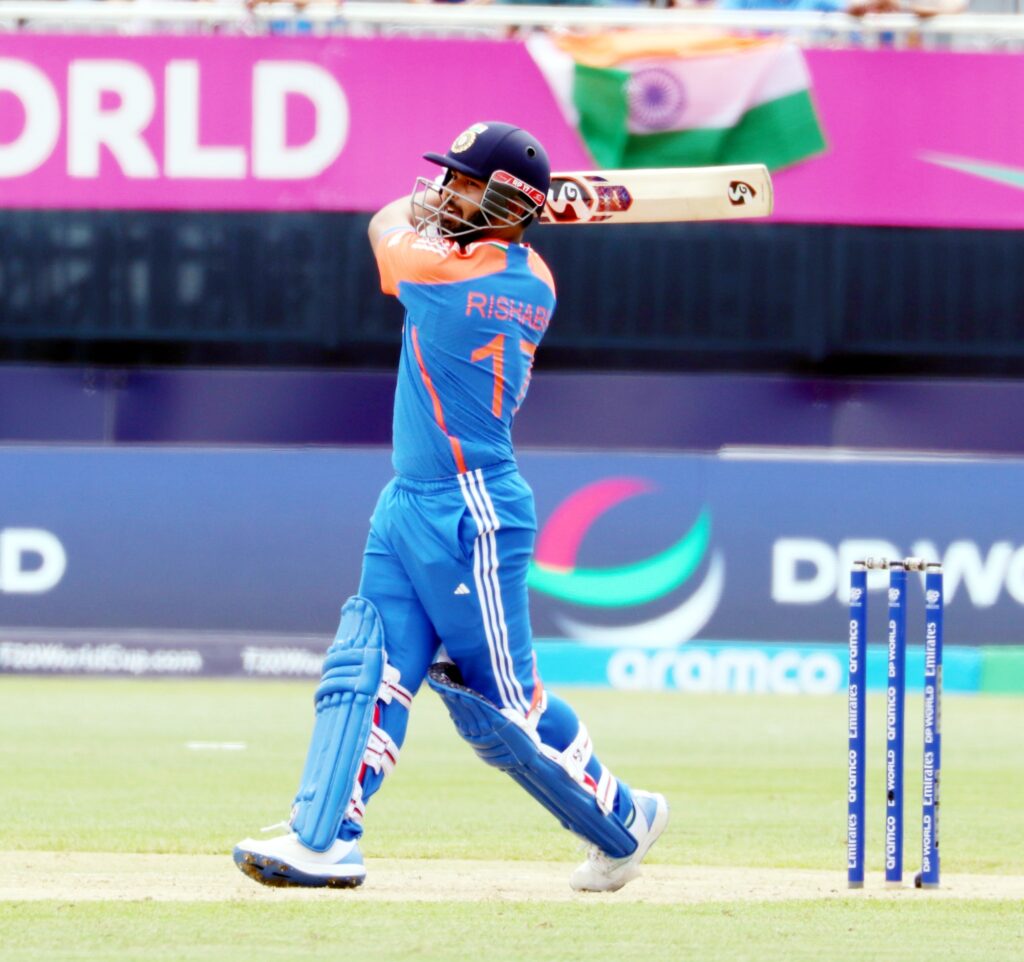
What is the meaning of ‘lottery’? Do a Google Search and you end up with the following explanation: “A means of raising money by selling numbered tickets and giving prizes to the holders of numbers drawn at random.” While watching the India-Ireland T20I played in New York, it felt as if there was a sense of randomness attached to the conditions on offer. It was a kind of lottery pitch, where the batter couldn’t trust his instincts to make a judgment of whether to play a defensive or attacking shot.
In the second over of Ireland’s innings itself, we witnessed some evidence of the ball bouncing awkwardly from back of a length. And that was followed by Arshdeep Singh smashing Harry Tector a couple of times on his glove. It didn’t stop there as Rishabh Pant and Rohit Sharma had to cop blows on their arm and elbow while facing Josh Little and Barry McCarthy.
There was more to the conditions than just variable bounce. As soon as the pacers ushered in fuller-length deliveries, it also jagged off the seam appreciably. In a particular over bowled by Jasprit Bumrah, one of the offerings nipped back in sharply and the other angled in and left the batter late after pitching. Even if a batter does thorough research on the best way to combat that kind of seam movement, he or she won’t be able to solve the complicated puzzle. In such cases, the batter is depending on gut feel and educated guesses.
Rohit, India’s captain, said after the game: “I don’t think the pitch settled down, there was enough there for the bowlers.” Andy Flower, who once cracked a gritty hundred on an up-and-down Port of Spain deck in 2000, made his views clear via ESPNCricinfo: “Bordering on dangerous.”
T20 cricket is more about entertainment, with fans flocking to the stadium to watch fours and sixes. Of course, some of the tracks prepared for IPL 2024 were too batting-friendly. So far in this T20 World Cup in the Caribbean and the USA, we are seeing the other extreme, where batters are struggling to put bat to ball.
It makes you wonder how the ICC got it wrong, especially in the backdrop of it being a world event. Here, it has to be mentioned that Damian Hough, the curator, has a wealth of experience when it comes to preparing drop-in decks. He has also been credited for ensuring the Adelaide Oval tracks have a little more pace in them. But something has gone horribly wrong with the drop-in pitches in New York.
There is a general belief that the drop-in tracks take time to settle down. For a moment, transport yourself back to 2018. Matthew Page had just quit his job as the curator at the WACA in Perth and shifted over to the MCG in Melbourne. He tried to bring in a bit more life into the drop-in tracks prepared for that ground. The resultant outcome was there were a few problems with how the track behaved. In 2019, one of the domestic games at the MCG was even abandoned due to dangerous pitch conditions.
In that context, the ICC should have trialled a few matches at the Nassau Country International Stadium. It is intriguing to note not a single international match was played at the ground before Sri Lanka met South Africa. The one counterargument to that would be the many logistical issues surrounding drop-in tracks, alongside problems related to the outfield.
The next match at this ground is the big one – India locking horns against Pakistan. The track might miraculously settle down by then. The reality, however, could be different – The pitch once again playing some tricks.
A Home Away from Home!
Explore Jackson Heights in New York, also known as Mini India, renowned for its diverse culture.
Watch this travelogue to learn more about this vibrant place.@Wowmomo4u @ishaanshahane11 @debasissen @T20WorldCup @BoriaMajumdar #T20WorldCup #INDvsIRE pic.twitter.com/CAKKrBdJqE
— RevSportz (@RevSportz) June 5, 2024




